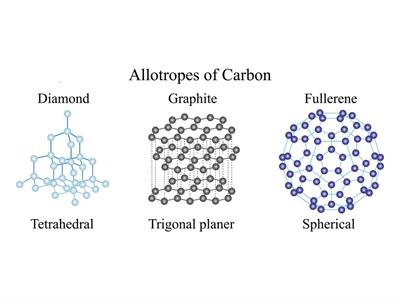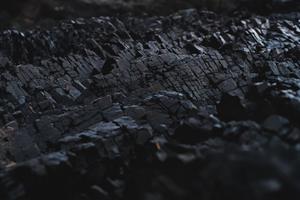
PUMPA - SMART LEARNING
எங்கள் ஆசிரியர்களுடன் 1-ஆன்-1 ஆலோசனை நேரத்தைப் பெறுங்கள். டாப்பர் ஆவதற்கு நாங்கள் பயிற்சி அளிப்போம்
Book Free DemoIsomerism: Isomerism is another unique feature of carbon compounds mainly observed in catenated organic compounds. For example, let us think of the molecular formula of an organic compound (C_2H_6O).
1. Can you name the compound? Unfortunately, you can’t because the molecular formula of an organic compound describes only the number of various atoms present in that compound.
2. It does not tell about how the atoms are organised and hence their structure. Without understanding the structure, we can’t name it.
This phenomenon in which the same molecular formula but the different structural arrangement is called isomerism.
Compounds with the same molecular formula but different structural formulas are called isomers.
A provided molecular formula may lead to more than one form of atoms. In addition, such compounds possess different physical and chemical properties.
The given formula (C_2H_6O) is having two kinds of arrangement of atoms, as shown below.

Both the compounds possess the same molecular formula but different kind of arrangements.
In compound a, the oxygen atom is attached to hydrogen and carbon. It is alcohol.
Whereas in compound b, the oxygen atom is attached to two carbon atoms, and it is ether.
These compounds have various physical and chemical characteristics. You will study isomerism in detail in higher classes. Allotropy:
Allotropy is a quality by which an element can exist in more than one physically different and chemically similar form. Thus the various forms of that element are called its allotropes.
The main reason for the existence of allotropes of an element is its method of formation or preparation.
Example:
Carbon exists in different allotropic forms and based on its physical nature; they are classified as below.
(a). Crystalline forms of Carbon:  Diamond:
Diamond:

- Each carbon atom gives its four valence electrons, with four other carbon atoms forming four covalent bonds in a diamond.
- Here, the atoms are arranged in a repeated tetrahedral fashion, leading to a three-dimensional structure accounting for its hardness and rigidity.
Graphite:
- Every carbon atom in graphite is covalently connected to three other carbon atoms in the same plane.
- This arrangement forms hexagonal layers, which are held together with one other by weak Vander Waals forces.
- Since weak forces have layers, graphite is softer than diamond.
Difference between Diamond and Graphite:
Diamond | Graphite |
| Each carbon has four covalent bonds. | Each carbon has three covalent bonds. |
| Hard, heavy and transparent. | Soft, slippery to touch and opaque. |
| It has tetrahedral units linked in three dimensions. | It has planar layers of hexagon units. |
| It is a non-conductor of heat and electricity. | It is a conductor of heat and electricity. |
Fullerene: Fullerene is the third crystalline allotrope of carbon.
The best-known fullerene is Buckminsterfullerene, consisting of 60 carbon atoms joined together in five and six-membered to form a spherical molecule resembling a soccer ball. So its formula is C60.
1. This allotrope was described Buckminsterfullerene after the American architect Buckminster fuller. However, because its structure reminded the framework of dome-shaped halls created by Fuller for great international expositions, Bucky Ball is its pet name.
2. Fullerenes come in a wide range of sizes, starting at C20 and up to C540.

Soccer ball structured Fullerene
(b). Amorphous forms of carbon: In an amorphous form of carbon, carbon atoms are arranged randomly. These form of carbon are obtained when the wood is heated in the absence of air. E.g., charcoal.

Charcoal